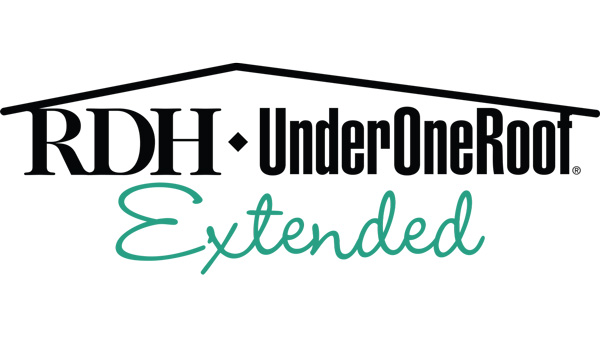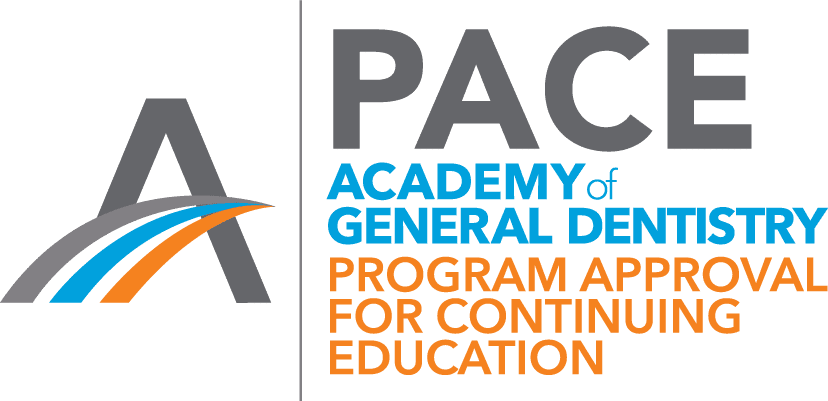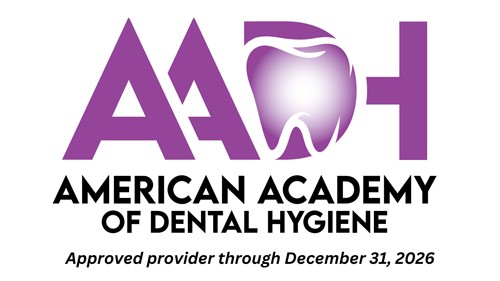RDH Under One Roof Extended – September 16, 2023
Learning Objectives:
- Understand the definition of human trafficking, who is at risk, recruitment techniques, and the different types of trafficking.
- Identify the difference between sex trafficking and sex work and trafficking and smuggling.
- Learn how to identify a person that is being trafficked through screening and observing clinical signs, and when it is mandated to report.
- Understand the procedures in which to report a potentially trafficked person.
- Learn the concepts and use of Trauma-Informed Care.
- Identify local and national resources for trafficked persons.
Human trafficking is a rapidly increasing public health and safety issue in the United States. It is the fastest rising commerce in the world with over 200,000 minors at risk in the United States. People are forced into labor or sexual exploitation with deception and intimidation. It is reported that up to 80% of victims are seen by a healthcare provider while captive. Often, victims will not identify themselves as such due to the fear of being further abused by their captor. Dental care providers are perfectly positioned to identify the signs and report suspected human trafficking. By educating dental clinicians, victims of trafficking may be more likely to be rescued and receive the appropriate resources recovery. This course will define types of trafficking, differentiate between sex trafficking and sex work, identify at-risk populations, describe how to identify and report trafficked patients, and discuss trauma-informed care.
This course is approved by the Texas Health and Human Services Commission in accordance with House Bill 2059, 86th Session, 2019.






